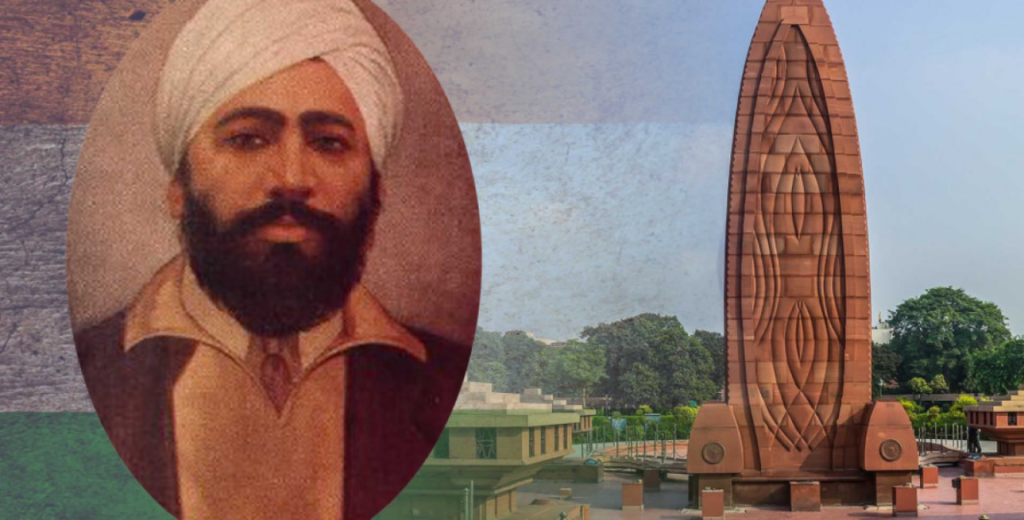The story of Shaheed Udham Singh is a tale of revenge that spans over twenty years.
On April 13th 1919, Indian troops under the command of Brig-Gen Reginald “Rex”’ Dyer fired on peaceful demonstrators in a walled garden (the Jallianwala Bagh) in the city of Amritsar in the Punjab. At least 379 were killed and more than a 1,000 injured.
It is said that Shaheed Udham Singh witnessed the massacre first hand and vowed from that day forward he would track down the men responsible for the foul deed.
Liberal Britain and Indian nationalists denounced the massacre; Winston Churchill called it a “monstrous event” and Dyer had to retire in disgrace.
Sir Michael O’Dwyer was Lieutenant Governor of the Punjab at the time of the massacre. Although O’Dwyer did not order the massacre, he sent a message afterwards approving of what Dyer had done which made many people, including Singh, consider O’Dwyer as responsible for the killings. O’Dwyer didn’t deflect any blame, by bullishly continuing to defend the use of lethal force at Jallianwala Bagh.
O’Dwyer retired from the Indian Civil Service in 1925. On March 13th 1940, O’Dwyer made a rare public appearance at a public meeting in London to discuss the future of Afghanistan.
At the end of the meeting, Singh made true on the vow he had made over 21 years earlier by walking up to O’Dwyer and shooting him twice through the heart.
During the subsequent trial for killing O’Dwyer, Singh said, “He wanted to crush the spirit of my people, so I have crushed him. For a full 21 years, I have been trying to wreak vengeance. I am happy that I have done the job. I am not scared of death. I am dying for my country.” Singh was executed on July 31st 1940.
Singh is seen as a hero in India. As well as this public holiday in Punjab state on the date of his martyrdom, the state of Haryana also sometimes observes his birthday as a public holiday. A 10-foot statue of the freedom fighter was unveiled in Jallianwala Bagh by Union home minister Rajnath Singh in March 2018
